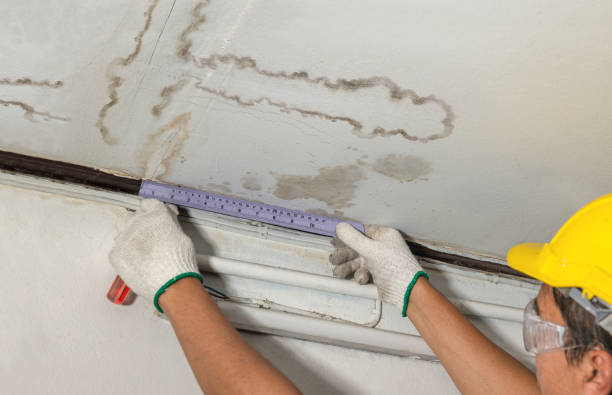Water damage can be a homeowner’s bad dream, but convenient and viable repair can moderately assist issues and reestablish your domestic. Here’s a comprehensive guide on how to handle water-damage repair in Lasalle CO:
1. Survey the Damage:
Begin by evaluating the degree of the water damage. Distinguish influenced zones such as dividers, ceilings, floors, and auxiliary components. Decide the source of the water and guarantee it is tended to avoid further damage.
2. Security First:
Before starting any repair work, prioritize security. Turn off electrical control in influenced zones if there is standing water or the hazard of electrical risks. Utilize defensive equipment such as gloves, goggles, and a veil when dealing with water-damaged materials.
3. Remove Water:
Promptly expel standing water using pumps, wet/dry vacuums, or towels. Completely dry the influenced zones, utilizing dehumidifiers and fans to avoid shape and buildup development. Consider opening windows and entryways to encourage discussion and circulation.
4. Review for Mold:
Inspect water-damaged regions for signs of shape development. Shapes can begin to form within 24-48 hours of water introduction. If form is shown, counsel with a proficient form remediation master to securely expel and moderately assist growth.
5. Rescue or Dispose:
Assess which materials can be rescued and which need to be disposed of. Permeable materials such as carpeting, drywall, and cover may require replacement if extremely water-damaged to avoid basic issues and wellbeing risks.
6. Clean and Disinfect:
Clean all influenced surfaces with a disinfectant to dispose of microscopic organisms and contaminants cleared out by the water. This step is vital for avoiding odors and guaranteeing a sound indoor environment.
7. Repair Auxiliary Damage:
Address any auxiliary harm caused by water, such as twisted floors or debilitated underpinnings. Counsel with a qualified temporary worker or auxiliary designer to evaluate and repair any compromised basic elements.
8. Reestablish and Refinish:
Once the region is completely dry and cleaned, continue reestablishing the influenced surfaces. Supplant damaged drywall, flooring, and trim as required. Prime and repaint dividers and ceilings to reestablish their appearance and integrity.
9. Address Plumbing Issues:
If the water harm was caused by plumbing issues, such as spills or burst channels, have an authorized handyman review and repair the plumbing framework to avoid future incidents.
10. Screen for Recurrence:
After completing repairs, screen the influenced zones for any signs of repeat or waiting dampness. Address any issues instantly to anticipate future harm or shape growth.
Conclusion
By following these basic steps for water damage repair, you can effectively moderate the effects of water interruption and restore your home to its pre-damaged condition. Keep in mind that speedy activity and careful quality are key to minimizing long-term results and guaranteeing the security and comfort of your living space. If you experience broad harm or are uncertain about taking care of repairs, consider counseling with water harm rebuilding experts for expert help.
